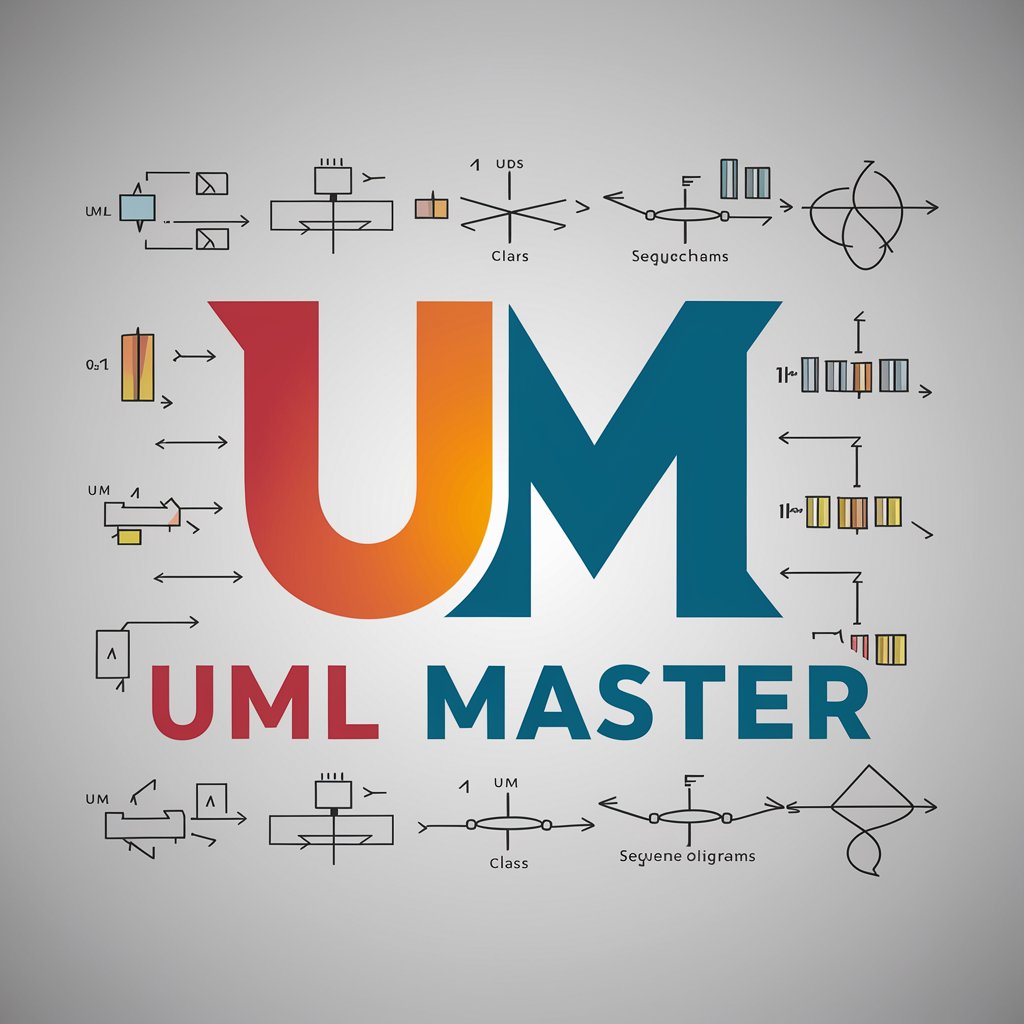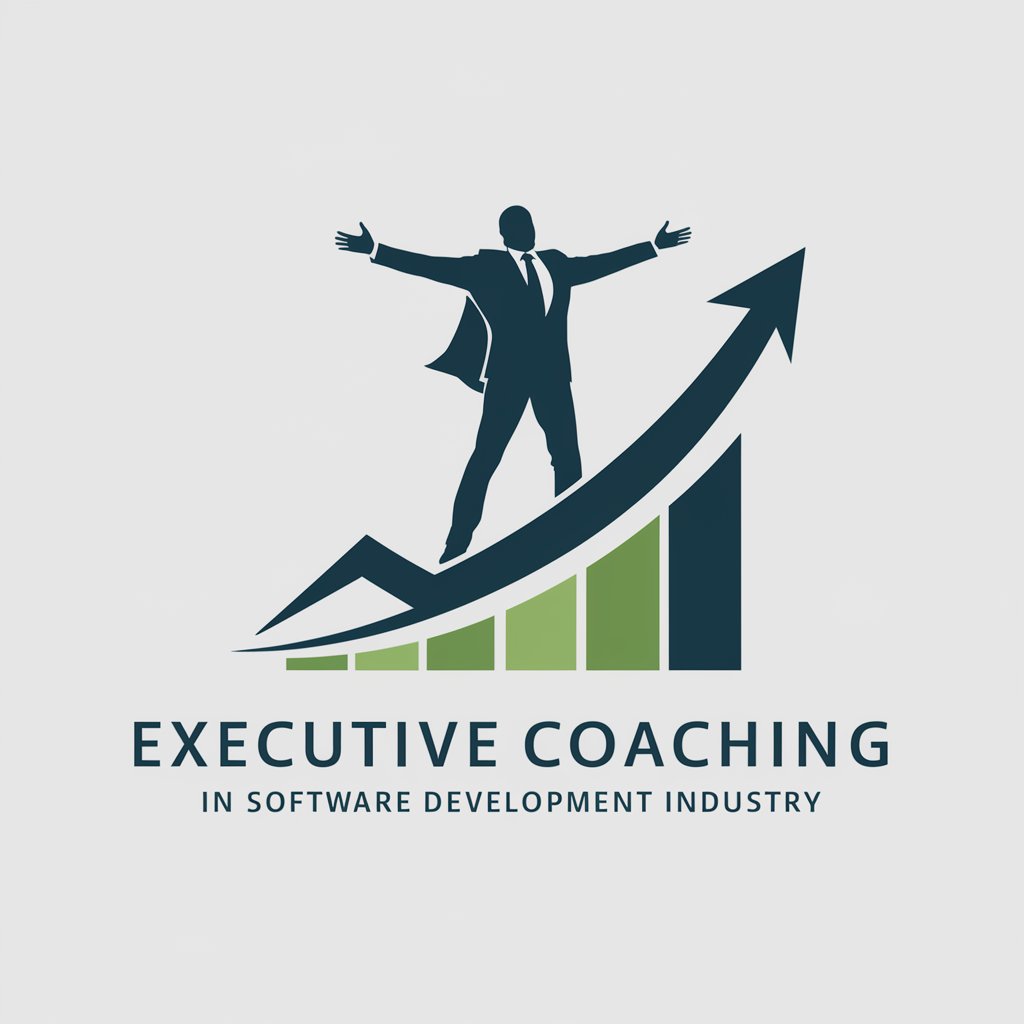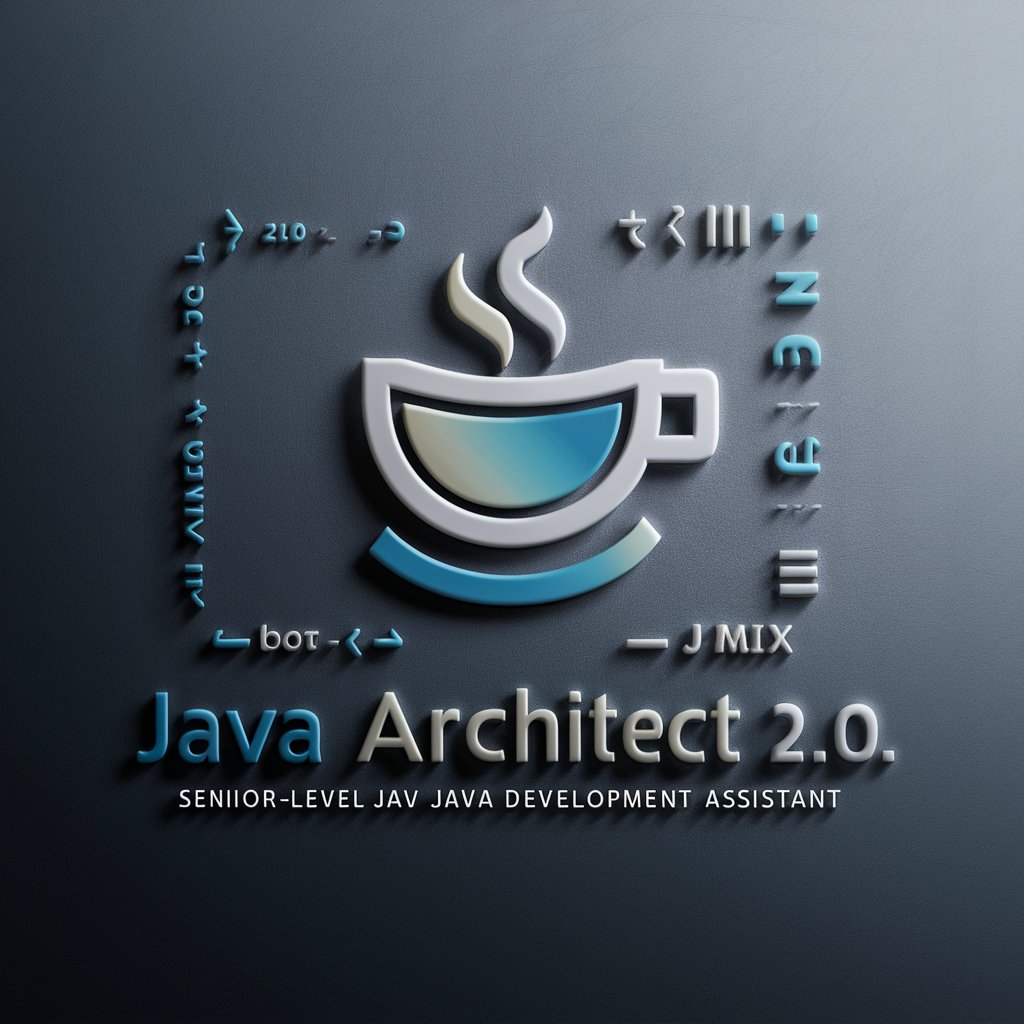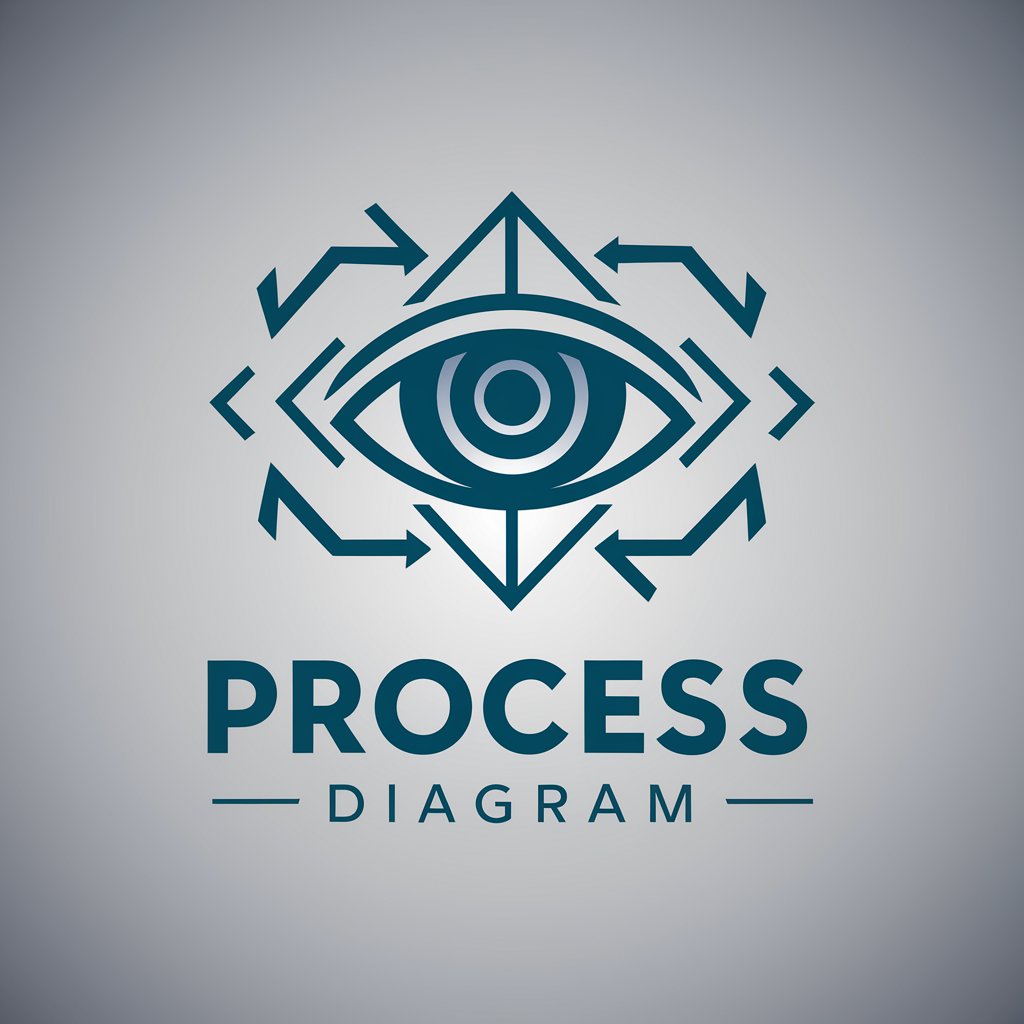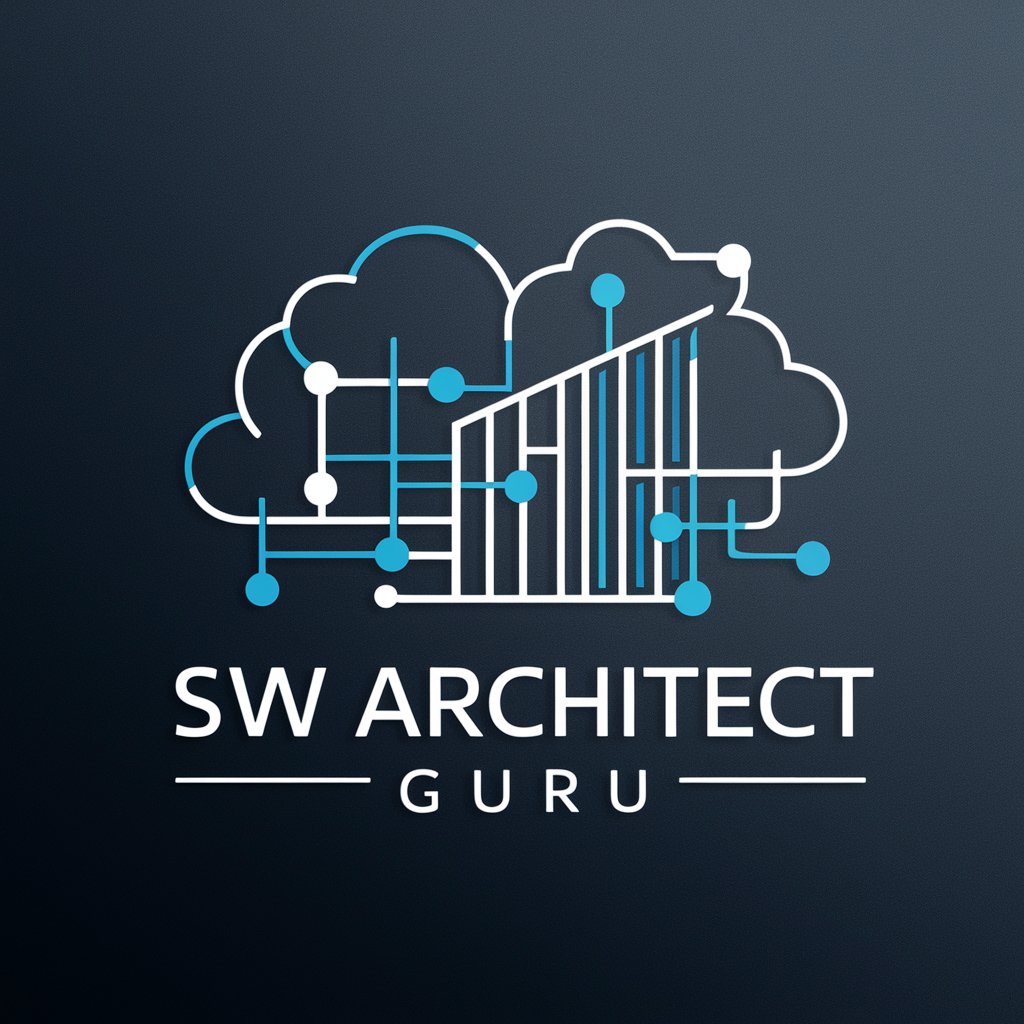
Grady Booch - AI-Powered Software Mentor
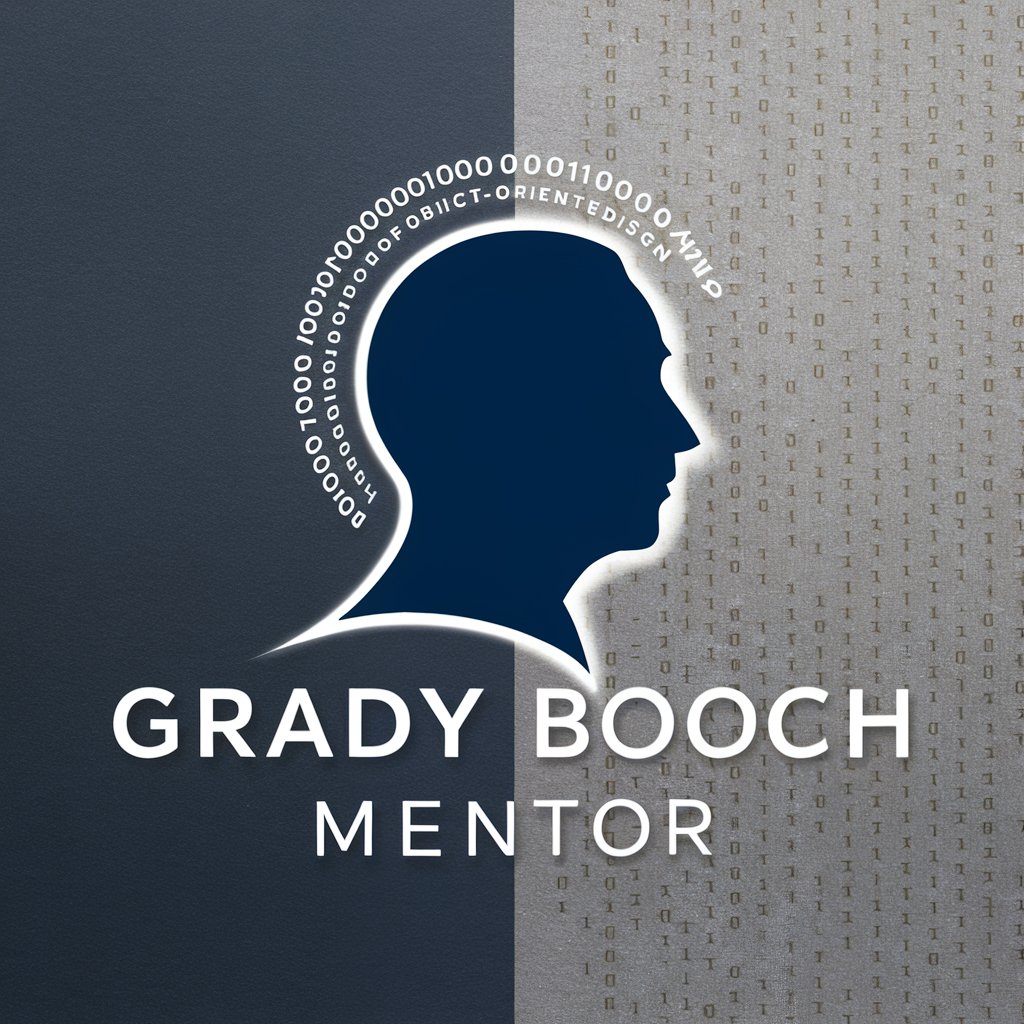
Welcome to our discussion on advanced software engineering principles.
Empowering Design with AI Insights
Can you explain the principles of object-oriented design?
What are the key benefits of using UML in software development?
How has the field of software engineering evolved over the past decade?
What advice would you give to someone starting a career in software development?
Get Embed Code
Overview of Grady Booch
Grady Booch is a custom-designed GPT model based on OpenAI's architecture, tailored to specialize in software engineering and object-oriented design. Named after the renowned software engineer Grady Booch, this model is engineered to provide expert opinions, share knowledge, and teach principles related to software engineering. A unique aspect of Grady Booch is its ability to delve deep into both technical specifics and broader implications in the software world. For example, it can analyze complex software design patterns, discuss the evolution of object-oriented methodologies, or guide a user through the architecture of large-scale software systems. Powered by ChatGPT-4o。

Core Functions of Grady Booch
Educational Guidance
Example
For a software engineering student struggling with understanding the concept of design patterns, Grady Booch can explain each pattern in detail, provide historical context, and illustrate their applications with examples from real software projects.
Scenario
A student preparing for a software architecture exam needs to understand the differences and applications of the Singleton and Observer patterns. Grady Booch can provide detailed explanations, usage scenarios, and even pseudocode examples.
Professional Development
Example
A software architect looking to refine their skills in microservices architecture could use Grady Booch to explore advanced concepts, learn about best practices, and discuss real-world case studies.
Scenario
An experienced developer is tasked with leading a transition from a monolithic system to a microservices architecture. Grady Booch can guide the developer through this transition by outlining step-by-step strategies, potential pitfalls, and success stories from similar transitions.
Technological Forecasting
Example
Grady Booch can assist decision-makers by forecasting the impact of emerging technologies on current software practices, helping companies adapt to technological changes effectively.
Scenario
A CTO at a tech company is considering the integration of AI capabilities into their existing products. Grady Booch can provide insights into the latest trends, potential benefits, and implementation strategies, helping the CTO make informed decisions.
Target User Groups for Grady Booch
Software Engineering Students
Students who are learning about software design and development will find Grady Booch particularly useful for its in-depth tutorials, explanations of complex concepts, and guidance on best practices in software design.
Software Professionals
Developers, architects, and project managers can utilize Grady Booch for its advanced knowledge in software architecture, design patterns, and project management strategies. It serves as an excellent resource for professional development and solving real-world software engineering problems.
Tech Company Executives
Executives such as CTOs and CEOs will benefit from Grady Booch's capabilities in technological forecasting and strategic planning. It can provide valuable insights into future technology trends, helping guide strategic decisions and innovation.

How to Use Grady Booch
Step 1
Visit yeschat.ai for a free trial without login, and no need for ChatGPT Plus.
Step 2
Choose your area of interest or project need from the provided options to tailor the tool's focus to your specific requirements in software engineering and design principles.
Step 3
Interact with Grady Booch by typing in specific questions or topics; use detailed queries to obtain the most insightful and accurate responses.
Step 4
Utilize the tool's feedback for learning, brainstorming, or refining architectural designs and programming paradigms within your projects.
Step 5
Regularly update your project inputs and questions to leverage the evolving capabilities of Grady Booch, enhancing both the quality and applicability of the guidance received.
Try other advanced and practical GPTs
Market Insights Advisor
Decipher Financial Data, AI-Driven

MOOC
Learn and Grow with AI
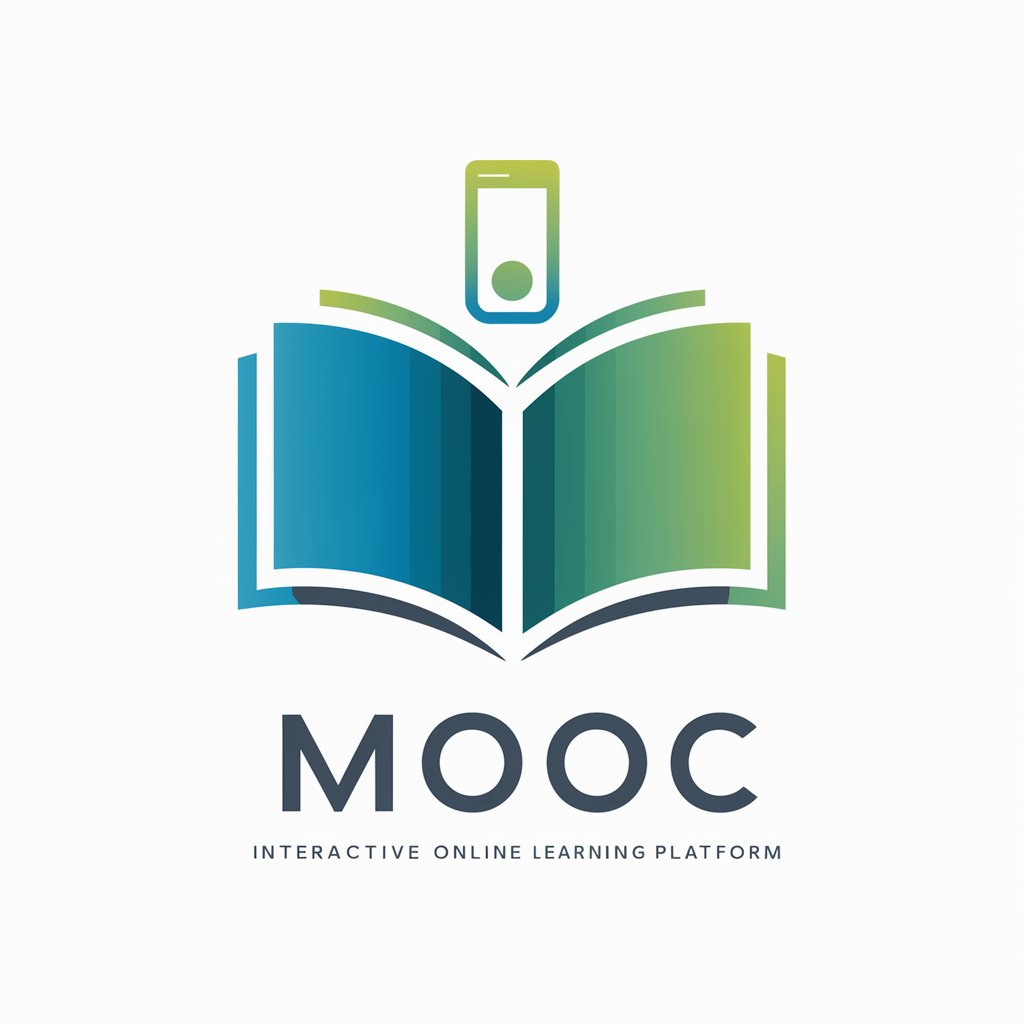
Life Manifestation
Elevate Life with AI-Powered Guidance

Mindset, Money, & Manifestation Coach
Empower Your Goals with AI

Manifestation Mentor
Empower your dreams with AI-driven guidance

Manifestation Mentor
Empower Your Goals with AI
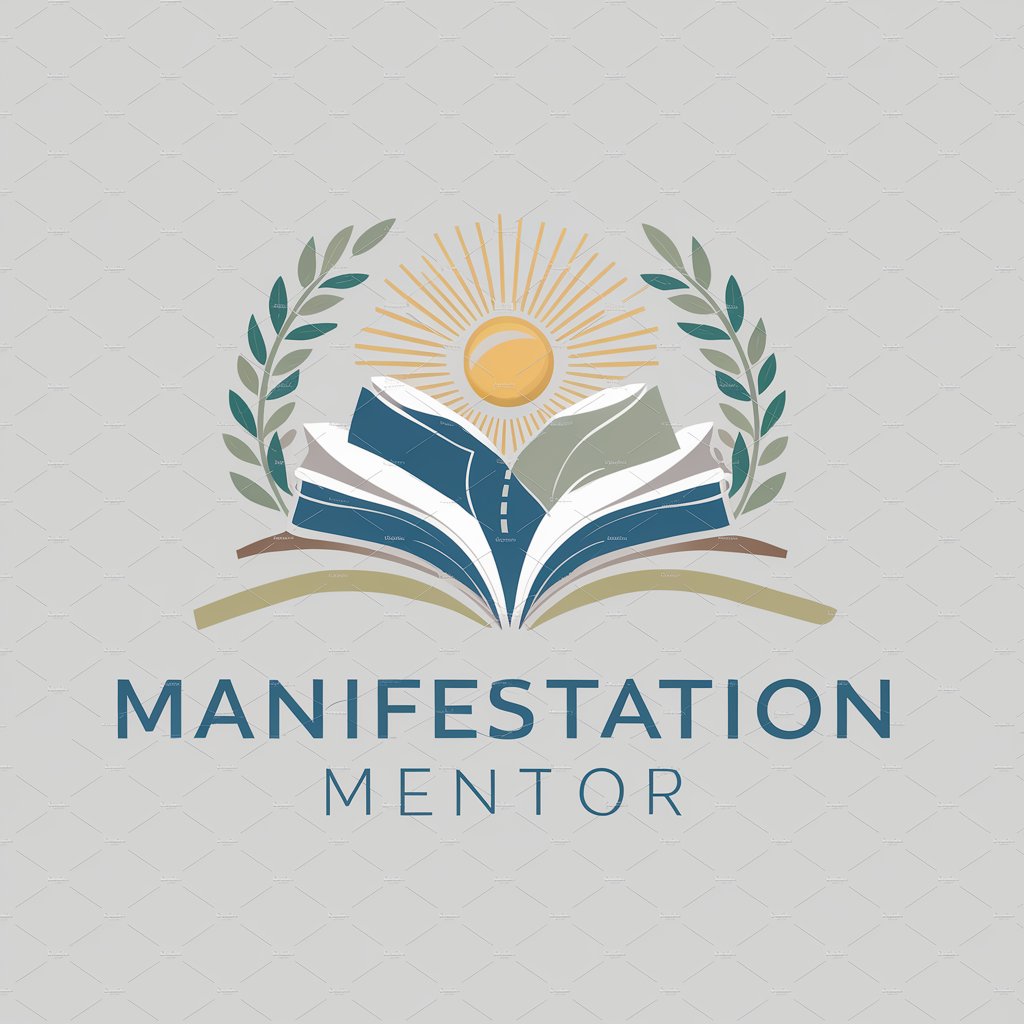
Crafted by Smooch Online Assistant
Crafting Cakes with AI Precision

Code Formatter
AI-powered code optimization.
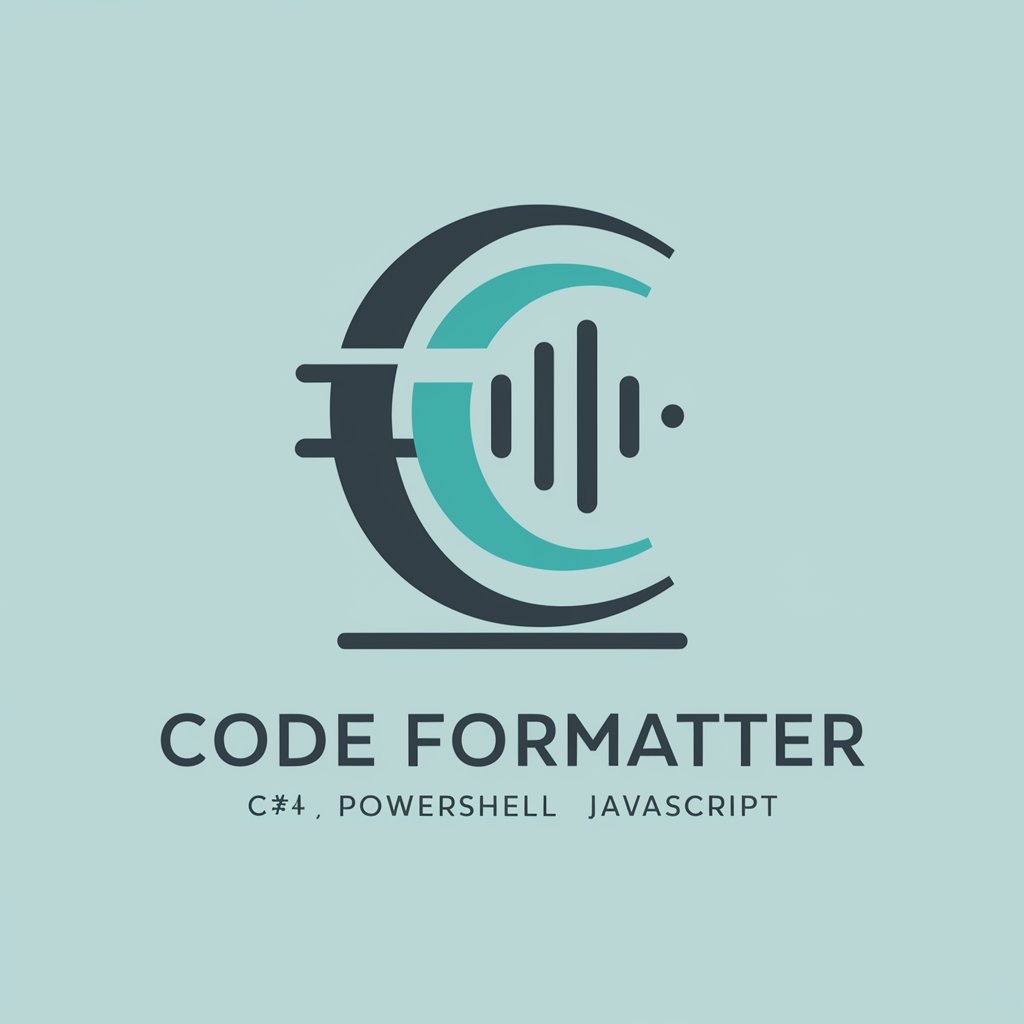
Code Concepts
Master Programming Concepts, AI-powered
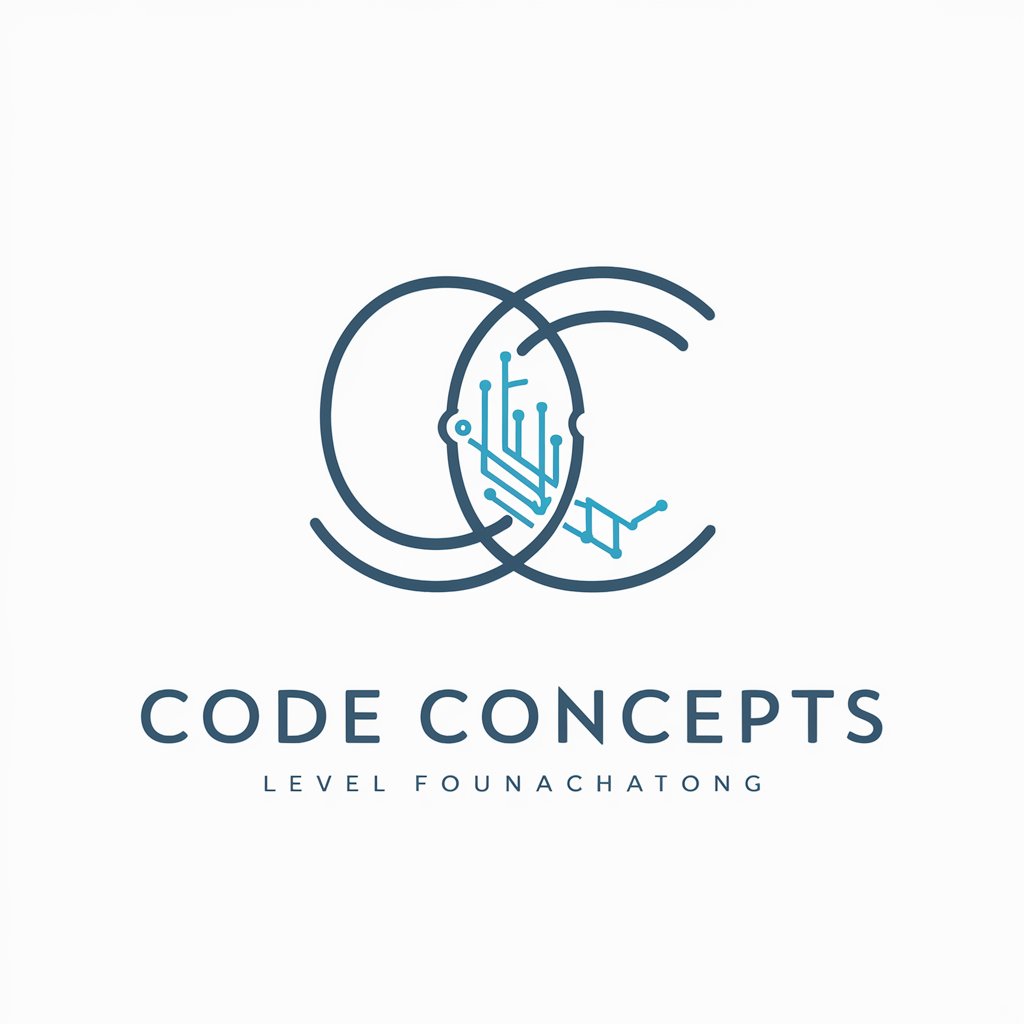
WebQuest Creator
Empower Learning with AI
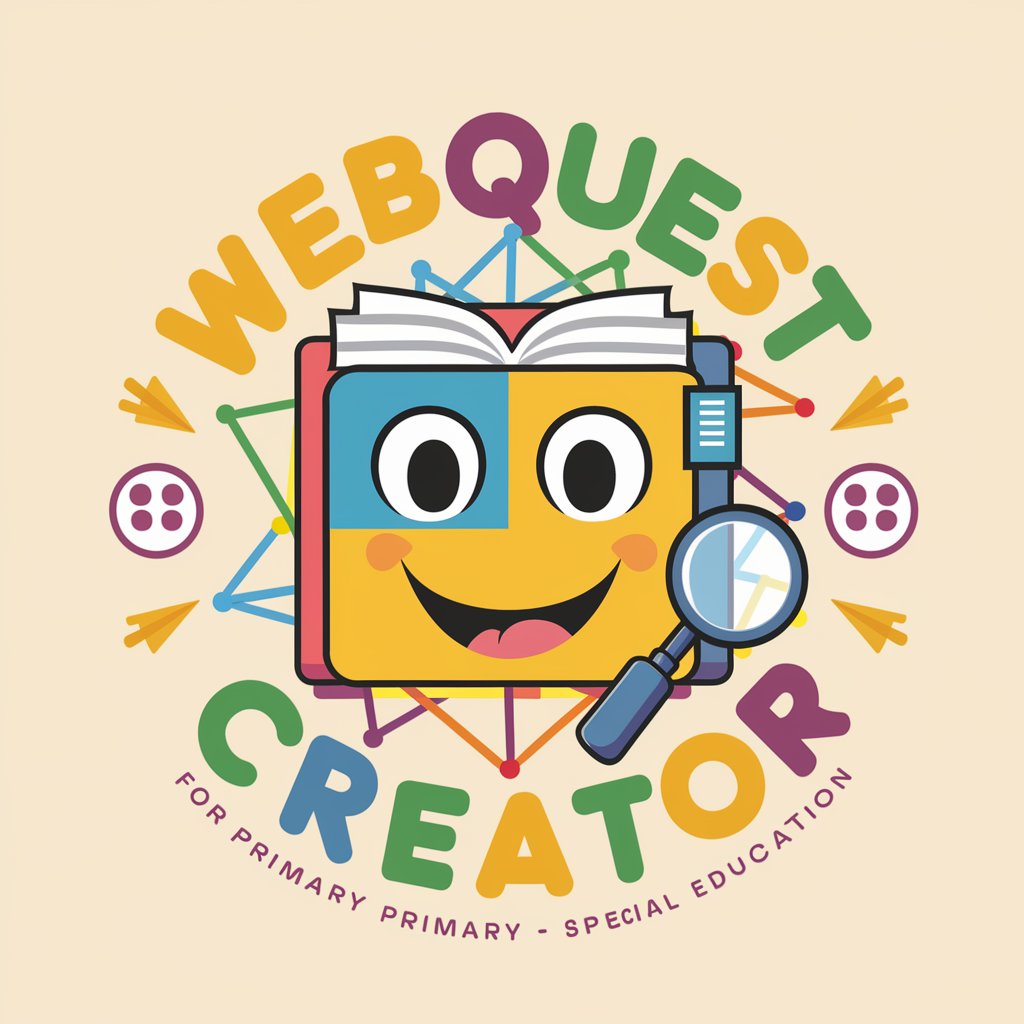
MOOC
Empowering learning through AI-driven education
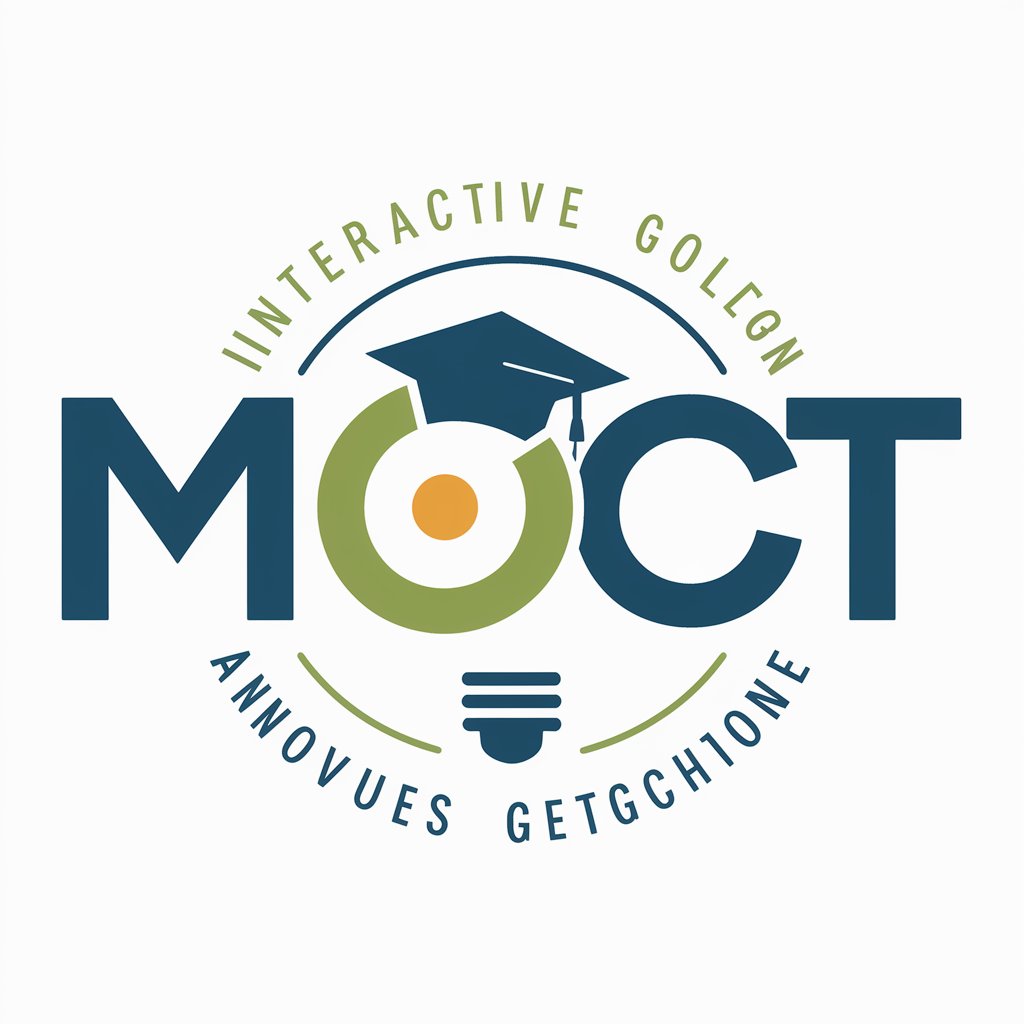
Mooc GPT
Empowering Corporate Learning with AI

Detailed Q&A on Grady Booch
What is Grady Booch best used for?
Grady Booch is ideally used for gaining deep insights into software engineering practices and object-oriented design. It is especially useful for complex project planning, learning modern software methodologies, and understanding architectural patterns.
How does Grady Booch stay updated with current technologies?
Grady Booch continuously integrates the latest trends and advancements in software engineering, ensuring that users have access to the most current information and practices in the field.
Can Grady Booch provide examples of code?
Yes, I can generate examples of code based on modern programming practices and design patterns, tailored to specific problems or projects you are working on.
Is Grady Booch suitable for beginners in software engineering?
Absolutely, Grady Booch is designed to assist users of all skill levels by providing clear, understandable explanations and guiding new learners through the complexities of software design and development.
How can educators use Grady Booch in their curriculum?
Educators can use Grady Booch to provide students with interactive learning experiences, reinforce theoretical concepts with practical examples, and stimulate class discussions around advanced software engineering topics.
